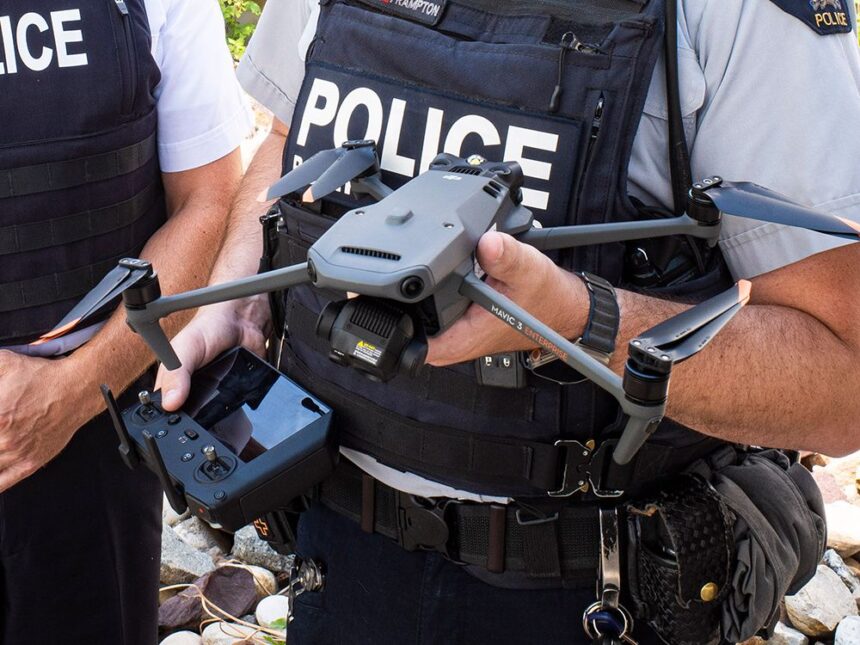In a significant shift toward high-tech border security, the Royal Canadian Mounted Police has launched an ambitious drone surveillance program along sections of the Canada-US border. The initiative, unveiled this week, represents one of the most substantial deployments of unmanned aerial technology in Canadian border monitoring history.
The program will initially focus on a strategic corridor in southern Manitoba, where authorities have documented a concerning rise in illegal crossings and smuggling activities over the past 18 months. According to RCMP Commissioner Mike Duheme, the drones will provide “persistent aerial observation capabilities” that ground patrols alone cannot achieve.
“This technology gives our officers a crucial advantage in monitoring remote areas that are difficult to access but frequently exploited by criminal organizations,” Duheme explained during Tuesday’s operational briefing in Winnipeg. “We’re enhancing our ability to detect and respond to border security threats while maintaining respect for privacy and civil liberties.”
The drone fleet consists of 24 specialized unmanned aerial vehicles equipped with thermal imaging cameras, capable of detecting human movement up to eight kilometers away, even in complete darkness or adverse weather conditions. Each unit can remain airborne for approximately six hours before requiring battery replacement.
Privacy advocates have raised concerns about the expanded surveillance. Michael Bryant, Executive Director of the Canadian Civil Liberties Association, cautioned that “aerial surveillance technologies require robust oversight mechanisms to prevent mission creep beyond their intended security applications.”
The RCMP has responded by emphasizing that the drone operations will adhere to strict protocols. All flights will remain within designated border zones, typically extending no more than five kilometers into Canadian territory. Furthermore, the gathered footage will be retained for only 30 days unless it contains evidence of criminal activity.
This initiative comes amid growing bilateral security concerns. Statistics released by the Canada Border Services Agency show a 37% increase in illegal border interceptions since 2021, with particularly sharp rises in Manitoba and Quebec. Simultaneously, US Customs and Border Protection has reported similar trends along their northern perimeter.
The $28.4 million program represents just one component of a broader $312 million border security enhancement package announced in the federal government’s spring budget. Other elements include additional border personnel, enhanced screening technology at ports of entry, and improved intelligence sharing with American counterparts.
Border communities have expressed mixed reactions. In Emerson, Manitoba, Mayor Dave Carlson welcomed the increased security presence while expressing hope that the technology would be deployed responsibly. “Our residents want both security and privacy,” Carlson noted. “We need assurances this surveillance won’t impact law-abiding citizens going about their daily lives.”
The drone program’s implementation coincides with ongoing diplomatic discussions between Ottawa and Washington regarding border management. Last month, Canadian officials met with their American counterparts to discuss coordinated approaches to migration challenges affecting both nations.
As this technological frontier in border security unfolds, important questions remain: Will the balance between enhanced security and civil liberties be maintained, and could this aerial approach become the new standard for border monitoring across North America?










